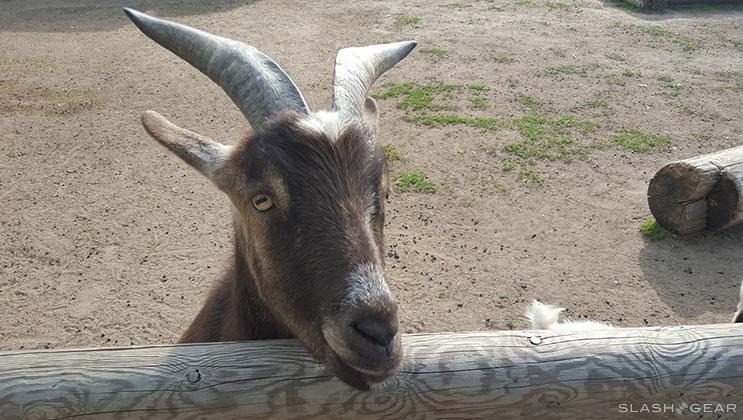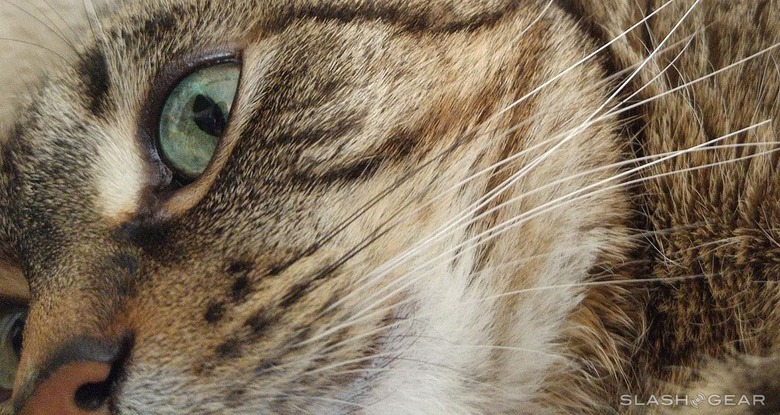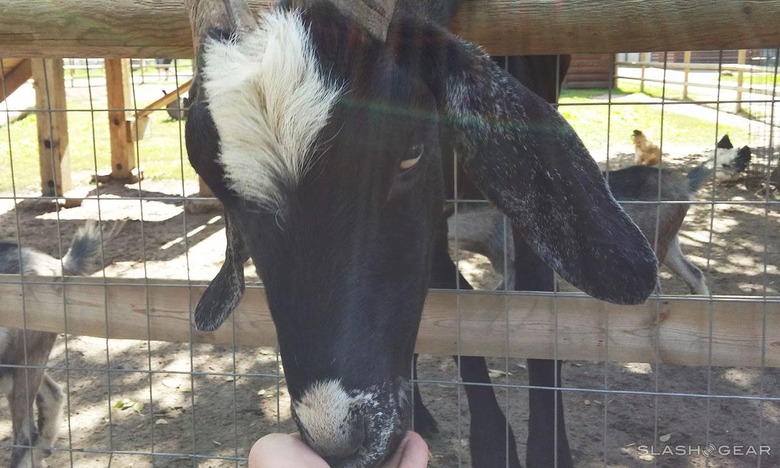Study Shows Why Goat Eyes Have Horizontal Pupils
This week a study has been published which shows why 214 land animals have certain types of eyes. Goats, for example, have horizontal pupils, while cats have pupils that are largely vertical. It would seem that the biggest trends are in whether a creature is a meat-eating predator or not. While vertical and circular pupils belong largely to those creatures that hunt, horizontal pupils tend to sit inside the sockets of plant-eaters.
To explain why the study was done, vision scientist Martin Banks, a UC Berkeley professor of optometry, suggests the following: "For species that are active both night and day, like domestic cats," said Banks, "slit pupils provide the dynamic range needed to help them see in dim light yet not get blinded by the midday sun."
"However, this hypothesis does not explain why slits are either vertical or horizontal," said Banks. "Why don't we see diagonal slits? This study is the first attempt to explain why orientation matters."

Banks worked with the United Kingdom's Durham University, building upon the work of Gordon Walls, a UC Berkeley professor of optometry. Back in 1942, Walls published a study by the name of The Vertebrate Eye and Its Adaptive Radiation.

Back then it was suggested that "slit-shaped" pupils allowed for a greater range in light entering the eye as well as "different musculature." The study Banks has performed is the first to explore why slit-shaped eyes are one orientation or the other.
"The first key visual requirement for these animals is to detect approaching predators," said Banks, "which usually come from the ground, so they need to see panoramically on the ground with minimal blind spots."
Banks also suggested that once the animal spots a predator, their eyes must be able to see as wide as possible to spot what's ahead of them (for animals with eyes on the sides of their heads), as well as what's beside them so that they might run fast, but also turn quick.
Perhaps the strangest key to this sort of eye-centric defensive functionality is the eye's ability to rotate.
Did you know that many grazing animals' eyes are able to rotate in their sockets?
According to Banks and study co-author Gordon Love, professor of physics at Durham University, animals like sheep, goats, and horses are able to rotate their eyes in their sockets up to 50 degrees.
This rotation is helpful in maintaining a wide horizontal sight range while the animal has its head down and grazing.

Meanwhile it was found that the closer to the ground a predatory animal was on the regular, the more slit-like their eyes tended to be. Larger cats like lions and tigers have round eyes, while tiny kitties have slits.
Cats with slit eyes apparently use these slits to accurately gauge distance. These creatures have a binocular sort of vision, with far more focus on the subjects directly in front of them rather than in peripheral vision.

For more information, have a peek at our first look at the differences between predator and pray or dive deeper in with the study "Blur and Disparity Are Complementary Cues to Depth" as published by Science Direct by authors Robert T. Held, Emily A. Cooper, and Martin S. Banks. This paper can be found with code doi:10.1016/j.cub.2012.01.033.
